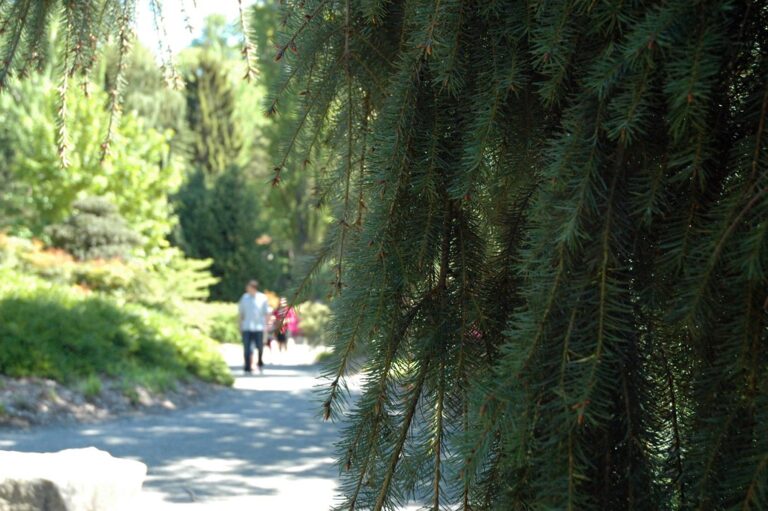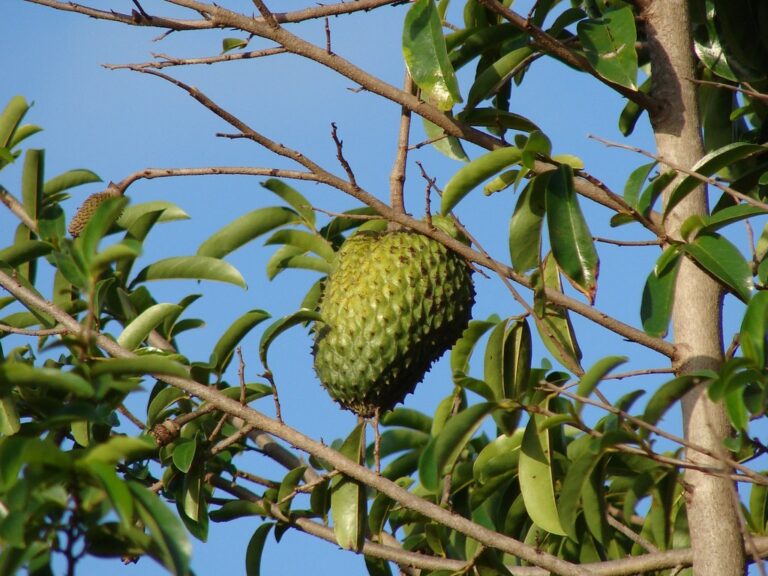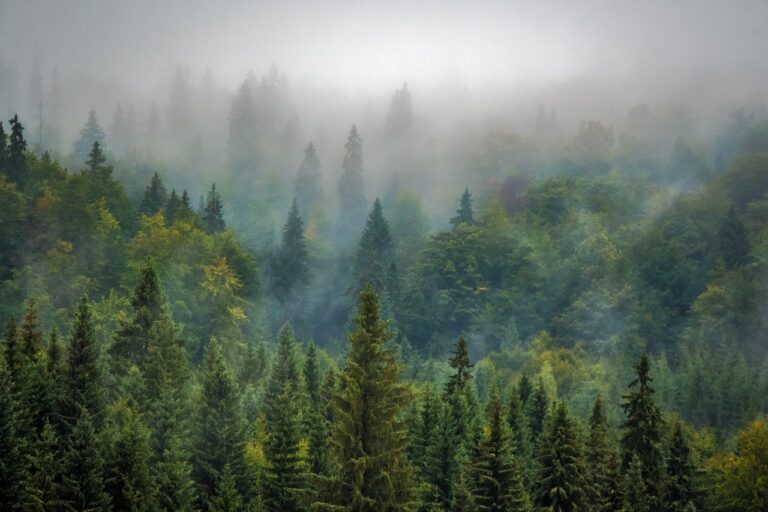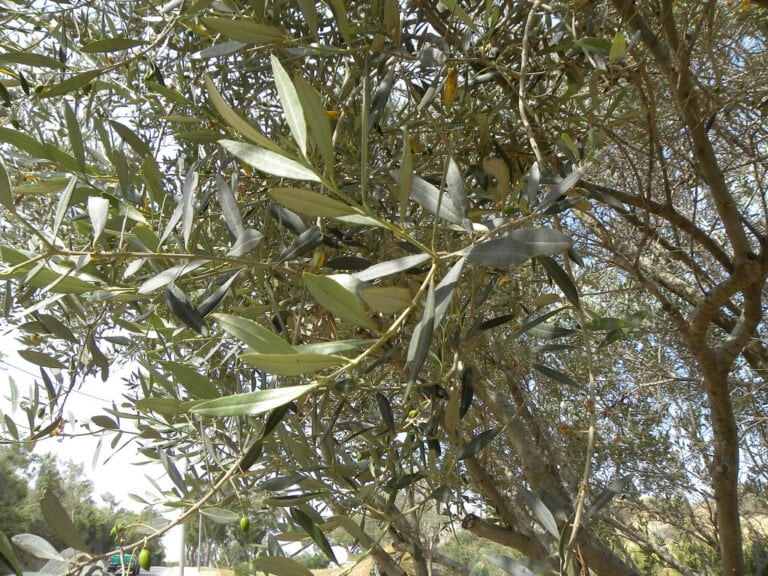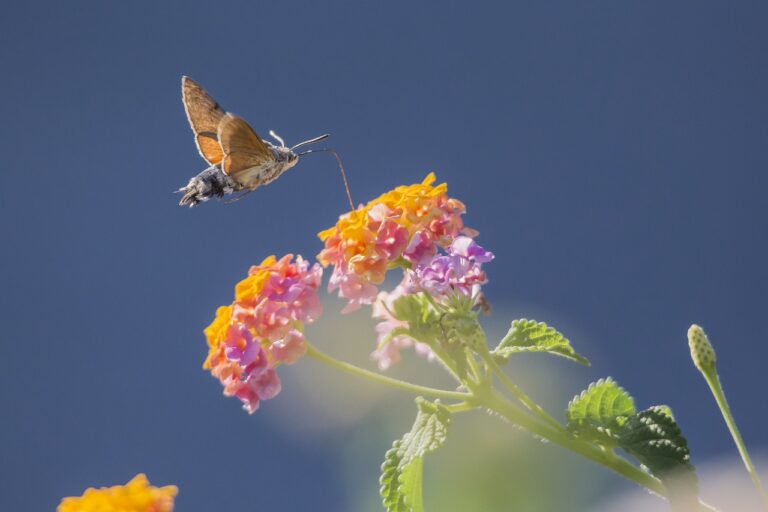Choosing the Right Plants to Grow in Front of Boxwoods
Looking to enhance the beauty of your boxwoods? Choosing the right plants to grow in front of them can make all the difference. Whether you want complementary flowering perennials, low-maintenance ground covers, or colorful annuals for seasonal interest, there are plenty of options to consider. Fragrant shrubs can also serve as wonderful companion plants, while drought-tolerant grasses and succulents offer a practical solution. Native plants, shade-tolerant options, ornamental grasses, and even edible plants can all contribute to a functional and visually appealing landscape.
Complementary Flowering Perennials
To enhance the beauty of your boxwoods, consider planting complementary flowering perennials in front of them. These perennials will not only add color and vibrancy to your landscape, but they will also create a visually appealing backdrop for your boxwoods. When choosing complementary flowering perennials, it is important to consider their height, color, and bloom time. For taller boxwoods, consider planting perennials such as astilbe or delphiniums, which will provide a striking contrast. For shorter boxwoods, try planting low-growing perennials like creeping phlox or candytuft. To ensure a continuous display of flowers throughout the season, select perennials that bloom at different times. By carefully selecting and planting complementary flowering perennials, you can create a stunning and harmonious garden that will serve as a beautiful backdrop for your boxwoods.
Low-Maintenance Ground Covers
For easy maintenance, consider using low-maintenance ground covers in front of your boxwoods. Ground covers not only add beauty to your landscape but also help to suppress weeds and reduce the need for frequent watering and mulching. One excellent low-maintenance ground cover option is creeping thyme. This fragrant and drought-tolerant plant forms a dense mat of foliage that is covered with delicate pink or purple flowers during the summer months. Another great choice is sedum, a succulent ground cover that requires little water and thrives in full sun. It comes in a variety of colors and textures, adding interest to your garden. Other low-maintenance ground covers to consider include creeping phlox, ajuga, and moss. By choosing the right ground covers, you can create a beautiful and low-maintenance landscape that will enhance the beauty of your boxwoods.
Colorful Annuals for Seasonal Interest
As you continue to enhance the beauty of your boxwoods, consider adding colorful annuals to create seasonal interest. By selecting the right plants, you can ensure a vibrant and ever-changing display throughout the year. For spring, consider planting pansies or tulips, which offer a burst of color and are available in a wide range of shades. In the summer, petunias or marigolds can provide a splash of bold hues, while impatiens or begonias thrive in the shade. As autumn approaches, chrysanthemums or asters can bring warm tones to your garden. Finally, for winter interest, consider planting ornamental kale or winter pansies. By carefully choosing colorful annuals that complement your boxwoods, you can create a visually stunning and dynamic landscape that will delight you and your guests year-round.
Fragrant Shrubs as Companion Plants
Enhance the beauty and fragrance of your boxwoods by planting fragrant shrubs as companion plants. Adding fragrant shrubs not only adds a delightful aroma to your garden, but also creates a visually appealing and harmonious landscape. When choosing fragrant shrubs, consider their growth habit, mature size, and compatibility with boxwoods. Some popular options include Daphne, Gardenia, and Lilac. Daphne, with its clusters of small, fragrant flowers, provides a burst of fragrance in early spring. Gardenias, known for their large, white flowers, offer a strong and sweet scent throughout the summer. Lilacs, on the other hand, bring a nostalgic charm with their clusters of purple, pink, or white flowers, filling the air with an intoxicating fragrance. By carefully selecting and planting fragrant shrubs as companions to your boxwoods, you can create a garden that not only looks beautiful but also smells delightful.
Drought-Tolerant Grasses and Succulents
To create a low-maintenance and water-efficient landscape, consider planting drought-tolerant grasses and succulents in front of your boxwoods. These plants are perfect for areas that receive little rainfall or where water conservation is a priority. Drought-tolerant grasses, such as fescue and buffalo grass, have deep root systems that help them survive in dry conditions. They also add a natural, textured look to your front yard. Succulents, like sedums and agaves, store water in their leaves, allowing them to withstand prolonged periods of drought. They come in a variety of shapes, colors, and sizes, making them a versatile choice for your landscape. By incorporating these plants in front of your boxwoods, you can create a beautiful and sustainable garden that requires minimal upkeep.
Evergreen Plants for Year-Round Beauty
Consider evergreen plants for year-round beauty in front of your boxwoods. Evergreen plants are a great choice because they maintain their foliage throughout the year, ensuring that your garden looks vibrant and lush even during the winter months. One option is the Dwarf English Boxwood, which complements the larger boxwoods and adds a touch of variety with its smaller size. Another excellent choice is the Japanese Yew, a low-maintenance evergreen that can be pruned to maintain its shape and size. For a splash of color, consider the Gold Mop Cypress, which features bright yellow foliage that stands out against the green of the boxwoods. Lastly, the Winter Gem Boxwood is a popular choice thanks to its dense foliage and ability to withstand harsh weather conditions. By incorporating these evergreen plants into your garden, you can ensure year-round beauty and create a visually appealing landscape.
Native Plants for Ecological Balance
To create ecological balance and support local wildlife, incorporate native plants in front of your boxwoods. Native plants are those that naturally occur in your region and have adapted to the local climate, soil conditions, and wildlife interactions. By planting native species, you are providing food and habitat for birds, butterflies, and other beneficial insects. Some popular native plants include milkweed, which attracts monarch butterflies, and coneflowers, which provide nectar for bees and butterflies. Native grasses like switchgrass and little bluestem also offer shelter for small mammals and nesting sites for birds. These plants not only enhance the beauty of your garden but also contribute to the overall health and biodiversity of the local ecosystem. So, when selecting plants to grow in front of your boxwoods, consider the ecological benefits of planting native species.
Shade-Tolerant Options for Dim Areas
If you have dim areas in front of your boxwoods, you can choose shade-tolerant options for planting. These plants thrive in low light conditions and will add beauty to your garden. One option is the hosta plant, which comes in various sizes and has stunning foliage. Another choice is the fern, known for its graceful fronds that bring a touch of elegance to any space. For a splash of color, consider planting impatiens or begonias, both of which thrive in shaded areas. Additionally, heucheras, also known as coral bells, add a pop of color with their vibrant leaves. When selecting plants for these dim areas, it's important to consider the soil type, moisture levels, and overall maintenance requirements. By choosing shade-tolerant options, you can create a beautiful and thriving garden even in the dimmest areas.
Ornamental Grasses for Textural Contrast
For textural contrast in front of your boxwoods, try planting ornamental grasses. These grasses not only add visual interest to your garden, but they also provide a lovely contrast to the boxwood's dense and structured foliage. Ornamental grasses come in a variety of sizes, colors, and textures, allowing you to choose the perfect grass to complement your boxwoods. Some popular options include feather reed grass, fountain grass, and Japanese forest grass. Feather reed grass, with its upright habit and feathery plumes, creates a striking contrast against the boxwood's rounded shape. Fountain grass, on the other hand, has graceful arching stems and soft, fluffy flowers that add a touch of elegance to the landscape. Japanese forest grass, with its cascading habit and vibrant foliage, brings a pop of color and movement to the front of your boxwoods. These ornamental grasses are low-maintenance and easy to grow, making them a practical choice for any gardener.
Edible Plants for a Functional Landscape
Consider incorporating edible plants into your functional landscape to further enhance the appeal and usefulness of your garden space. Not only will these plants add beauty and interest to your landscape, but they will also provide you with a bountiful harvest of fresh, homegrown produce. When selecting edible plants for your garden, it is important to consider your climate and growing conditions. Choose plants that are well-suited to your region and will thrive in your specific environment. Some popular choices include herbs like basil, rosemary, and thyme, as well as vegetables such as tomatoes, peppers, and lettuce. Additionally, consider planting fruit trees or berry bushes for a delicious and nutritious addition to your landscape. By incorporating edible plants into your functional landscape, you can enjoy the benefits of both a beautiful garden and a bountiful harvest.
Conclusion
In conclusion, selecting the right plants to grow in front of boxwoods can greatly enhance the overall aesthetics and functionality of your landscape. By choosing complementary flowering perennials, low-maintenance ground covers, colorful annuals, fragrant shrubs, drought-tolerant grasses and succulents, native plants, shade-tolerant options, ornamental grasses, and edible plants, you can create a visually appealing and ecologically balanced garden. Consider the specific needs of your boxwoods and the desired effect you want to achieve, and enjoy the beauty and practicality these plants can bring to your outdoor space.

